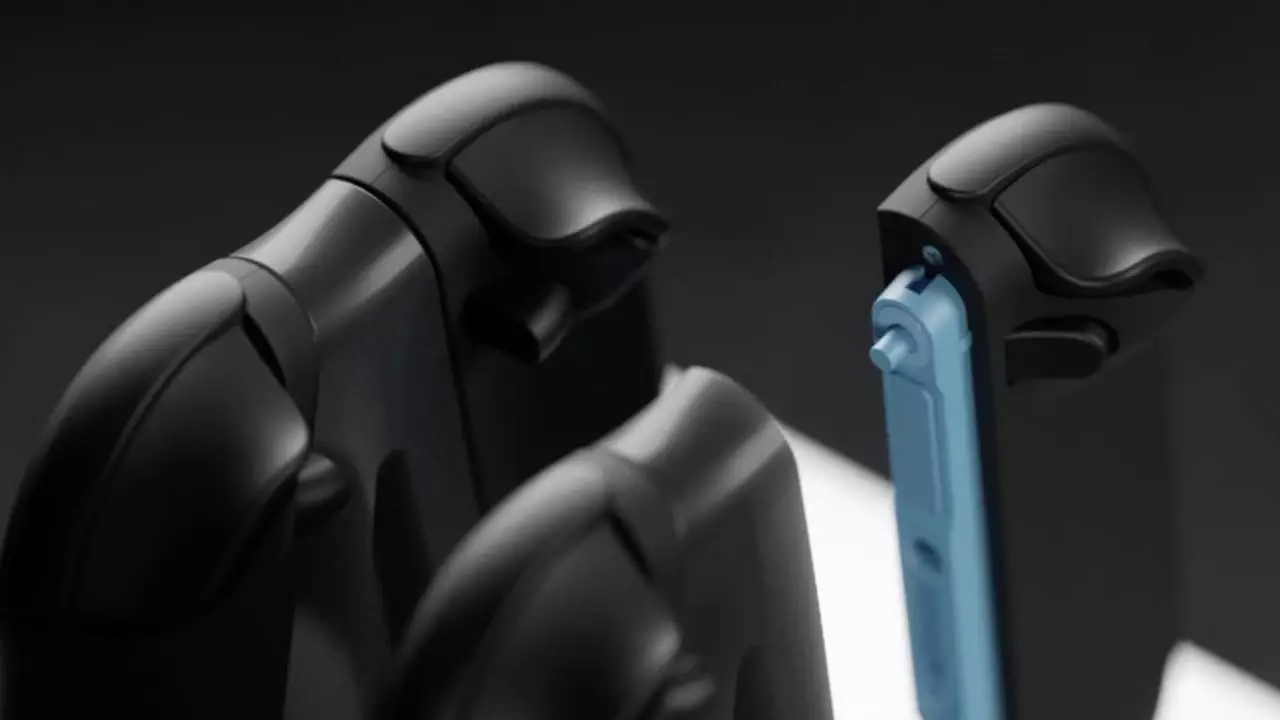In a daring move that has caught the gaming community’s attention, accessory manufacturer Genki has taken the plunge to publicly unveil its upcoming products for what is widely speculated to be Nintendo’s new console, the ‘Switch 2’, at CES 2025. This transparency marks a significant departure from the norm, showcasing a willingness to engage with enthusiasts directly, even if it appears to be at odds with Nintendo’s typical protocols for console rollout.
Innovative Magnetic Joy-Con Design
Central to Genki’s unveiling is their reimagined Joy-Con design, now featuring a magnetic attachment system that aims to redefine how players interact with their controllers. Co-founder and CEO Eddie Tsai has shared insights into the mechanics behind this innovative feature. When the release buttons on the Joy-Con are activated, a small pin ejects from the controller, creating just enough distance to disengage the magnetic connection smoothly. This nuanced approach to controller detachment not only enhances usability but also fortifies the sense of security that players often seek in their gaming devices.
That said, while Tsai insinuates that brute force could unclip the Joy-Con if necessary, it’s prudent to consider the potential risks of mishandling such a sophisticated accessory. The message is clear—while the magnets provide a robust connection, treating the device with care is paramount to ensuring its longevity and functionality.
This bold step raises intriguing questions about how Genki—without official collaboration from Nintendo—acquired such detailed knowledge about the new console and its accessories. Industry speculation hints at under-the-table dealings, including whispers of potential black market transactions. Such unconventional methods of information gathering could pose ethical dilemmas within the gaming community about fair play and integrity in the industry.
Despite these concerns, Genki’s gesture signifies an appeal to the market’s desire for transparency and innovation. The comparison made between the size of the new console and Valve’s Steam Deck suggests a strategic positioning within a burgeoning console landscape that prioritizes size and comfort. However, the concerns regarding the ergonomics of the new Joy-Con compared to existing models reflect a critical exploration of what gamers value in controller design.
As we await Nintendo’s promised announcement scheduled for before March 2025, the excitement surrounding the potential features of the ‘Switch 2’ and its accessories continues to mount. Genki’s revelations have opened a dialogue among gamers about the future of console design, user experience, and the evolving relationship between hardware manufacturers and accessory developers.
The discussion touches on deeper issues: How will this transparency affect consumer expectations? Will Nintendo adopt similar methods to engage audiences? As we stand at this crossroads, gamers are left to ponder not only the technical advancements laid out by Genki but also the implications these developments hold for the broader gaming landscape. The community will eagerly await Nintendo’s response, which may reshape the dynamics of this eagerly awaited console release.
As we move closer to the launch, one can’t help but wonder—will the proposed magnetic Joy-Con improve our gaming experience, or are they simply a novel gimmick in the ever-evolving world of gaming technology?


Leave a Reply